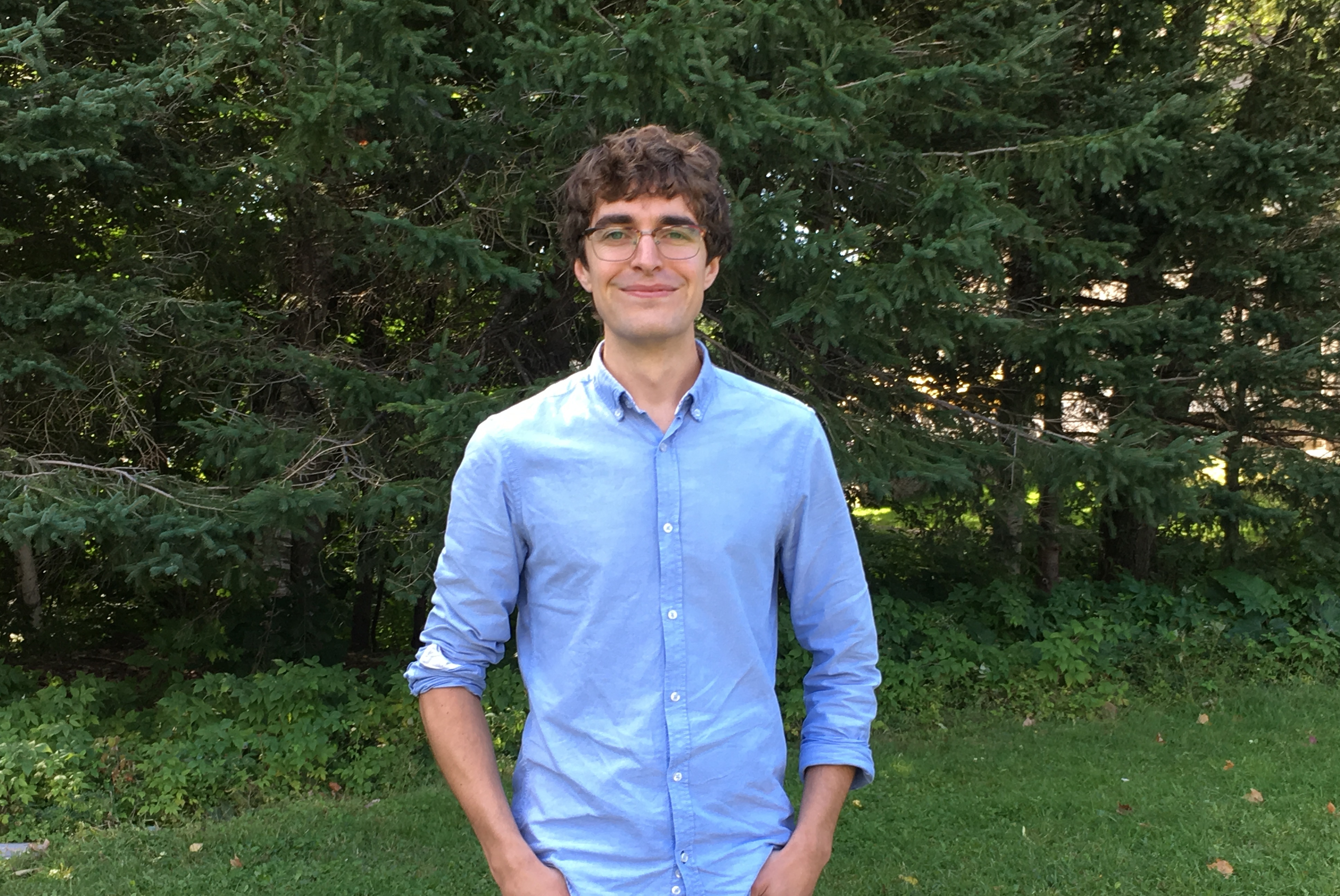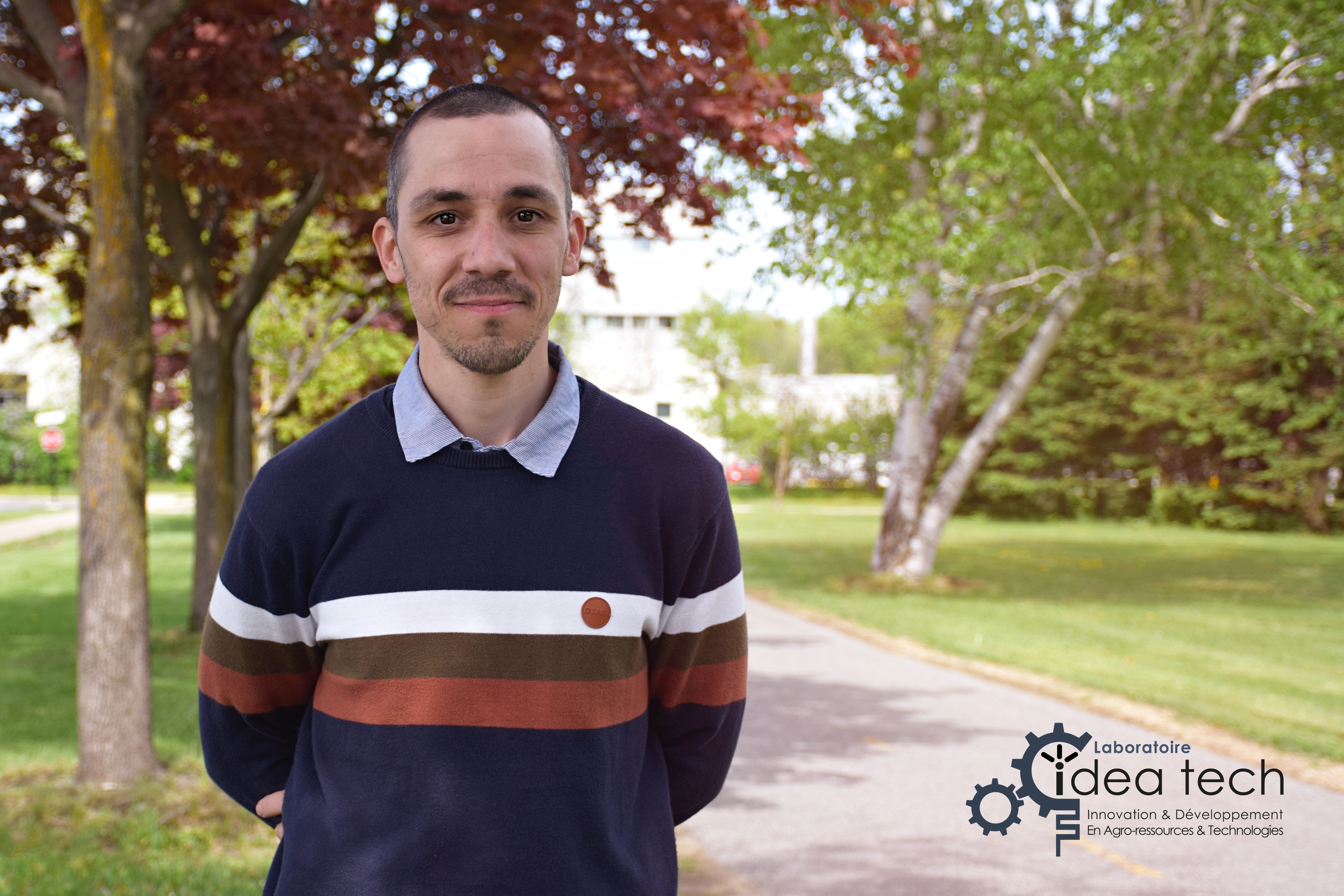Publications
- Année de publication : 2018-03-29
Référence
A. Boukil, S. Suwal, J. Chamberland, Y. Pouliot, A. Doyen, 2018. Ultrafiltration performances and recovery of bioactive peptides after fractionation of tryptic hydrolysate generated from pressure-treated beta-lactoglobulin. Journal of Membrane Science, 556, 42-53.
Information Complémentaire
Lien vers l'article : https://www.sciencedirect.com/science/article/abs/pii/S0376738817332519
Mot(s) Clé(s)
Hautes pressions hydrostatiques Beta-lactoglobuline Hydrolyse enzymatique Ultrafiltration Encrassement membranaire Peptides bioactifs
Résumé
High hydrostatic pressure-assisted enzymatic digestion of [beta]-LG accelerated protein digestion but drastically modified the resulting peptide profile, which may affect the performance of ultrafiltration (UF) which is used to fractionate the hydrolysates. Consequently, the aim of this work was to evaluate the change in UF performance of tryptic hydrolysates generated after [beta]-LG pre-pressurization at 0.1 (control), 400 and 600 MPa. Compared to the other conditions, high peptide relative abundance, including abundance of several bioactive peptides, was observed for the 400 MPa hydrolysate. During total recirculation and concentration mode, the permeate flux of the 400 MPa hydrolysate was lower than for other conditions. After peptide desorption from the membrane, ALPHMIR, an antihypertensive peptide, was identified as the main fouling material. For the 400 MPa condition, a larger number of peptides, mainly negatively charged and with higher relative abundance in the hydrolysate, were identified on the membrane surface compared to other conditions. While the repulsion phenomenon should occur between these peptides and the membrane material, both negatively charged, their detection at membrane surface is due to a size effect and hydrophobic interaction rather than a charge mechanism. Consequently, even if pressure treatment of [beta]-LG improved the production of bioactive peptides, it is necessary to optimize hydrodynamic conditions or membrane material during filtration to minimize loss of UF performance.




